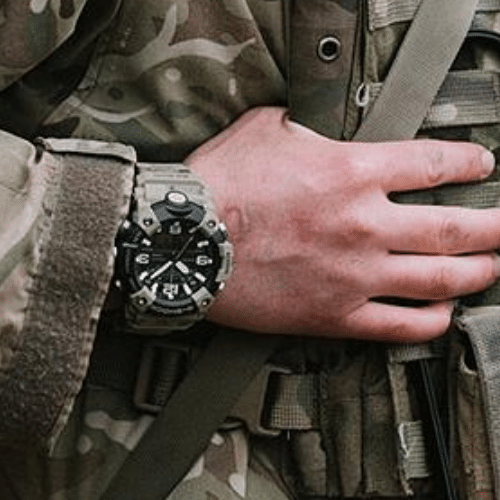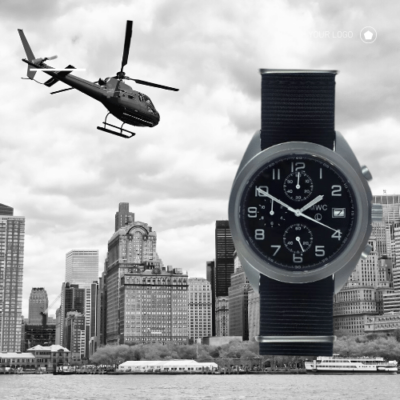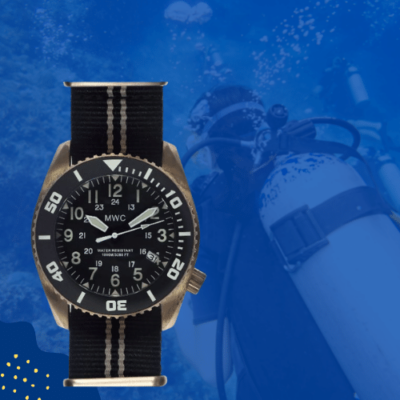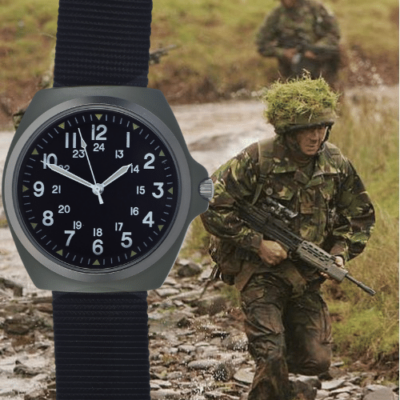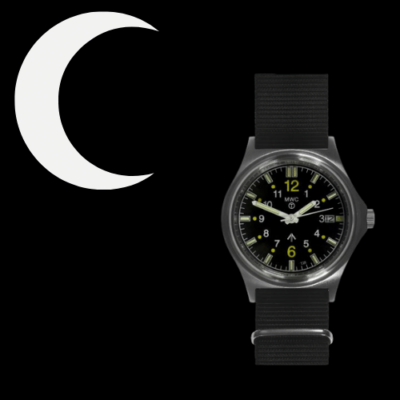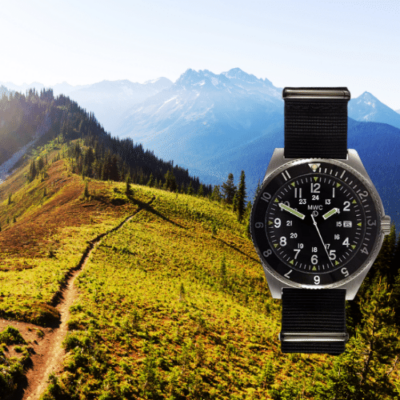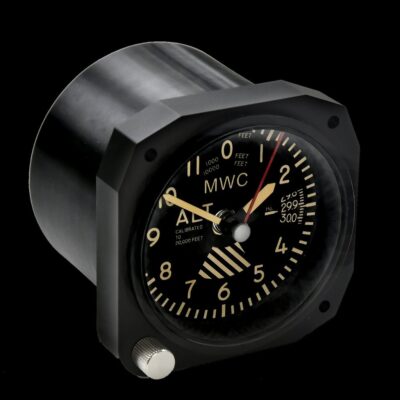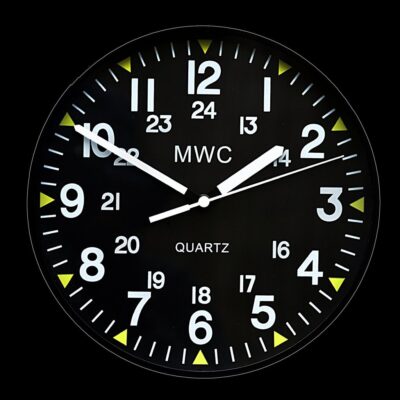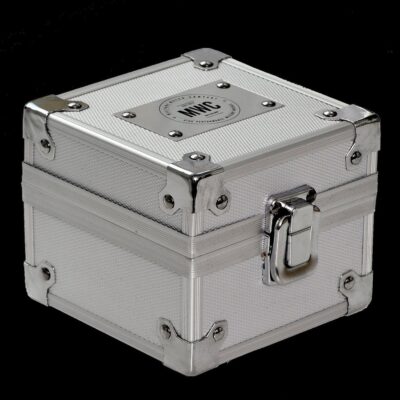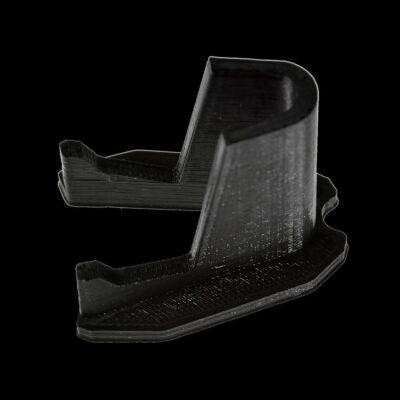News
China Fields World’s First Stealth Fighters Equipped For Air Defence Suppression
Following its service entry into both the Chinese People’s Liberation Army Air Force and the Navy, the J-35 fifth generation fighter has been confirmed to have been equipped with LD-8A air-to-surface missiles miniaturised for carriage in its internal weapons bays. The J-35 is the second fighter of its generation to enter service in China, with its serial production alongside the larger and longer ranged J-20 making China the first country to manufacture two separate fifth generation fighter types in parallel. Although the J-20 has been employed to suppress and destroy air defences in exercises in the past, it remained uncertain whether any anti-radiation missiles capable of homing in on the targets’ radar emissions had been developed to equip the aircraft. The LD-8A, which has been displayed alongside the J-35, is likely to have equipped not only the new fighters, but also J-20 units.
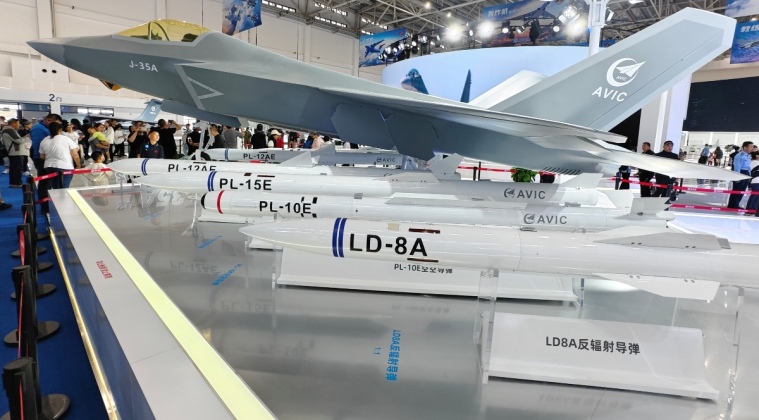
Anti-radiation missiles are considered critical to facilitating effective air defence suppression efforts, and while their integration onto fifth generation fighter aircraft with advanced stealth capabilities has been anticipated for decades, major delays to efforts in the United States and Russia to operationalise such a pairing has allowed China to take the lead. America’s first fifth generation fighter type the F-22 suffered extreme cuts to funding in the 1990s, and subsequently to planned production numbers, with no air-to-ground capability initially having been financed, while it today can deploy only low diameter bombs to strike ground targets. The F-35, although expected to operationalise the American equivalent to the LD-8A, the AGM-88G, has seen plans to do so delayed by over a decade, with the fighter currently deploying no air-to-ground missiles whatsoever.

The integration of the LD-8A onto the J-35 and J-20 has significant implications for China’s ability to dismantle hostile air defence networks. The Russian-Ukrainain War has seen Russian air power’s ability to exercise an influence on hostilities on the ground severely constrained, in large part due to its fighter fleet’s very limited ability to destroy Ukraine’s air defence network. This was a result of years of underinvestment in such capabilities. The Gulf War, by contrast, saw American air power play a central role due to the U.S. Air Force’s success dismantling Iraqi air defences, which was relatively straightforward for a fleet funded, trained and equipped to combat the much more capable Warsaw Pact air defence network. China’s global lead in operationalising a fifth generation air defence suppression capability has particularly significant implications for the Taiwan Strait, as the People’s Republic of China government in Beijing remains effectively in a state of civil war with the Republic of China government based in Taipei. The Republic of China Air Force relies very heavily on ground based systems such as the Sky Bow to compensate for its very limited fighter aviation capabilities, with the destruction of this network expected to be a leading priority for the People’s Liberation Army in the event of a new cross-strait war.

